10 Jaws-Dropping Fun Facts About Sharks You Didn't Learn From Movies
Sharks have long captured the human imagination, often cast as the villains of the sea in countless cinematic portrayals. From the infamous "Jaws" to more recent thrillers, these apex predators are depicted as menacing creatures lurking beneath the waves, waiting to strike. However, the reality of shark behavior, biology, and their role in the marine ecosystem is far more intricate and fascinating than Hollywood suggests. This article aims to peel back the layers of misconception, revealing 10 shocking truths about sharks that cinema has overlooked. By diving into these truths, we not only gain a deeper appreciation for these ancient creatures but also understand their crucial role in oceanic health. Join us on this journey as we explore the remarkable realities of sharks, dispelling myths and uncovering the wonders that lie beneath the surface.
1. Sharks as Ancient Survivors
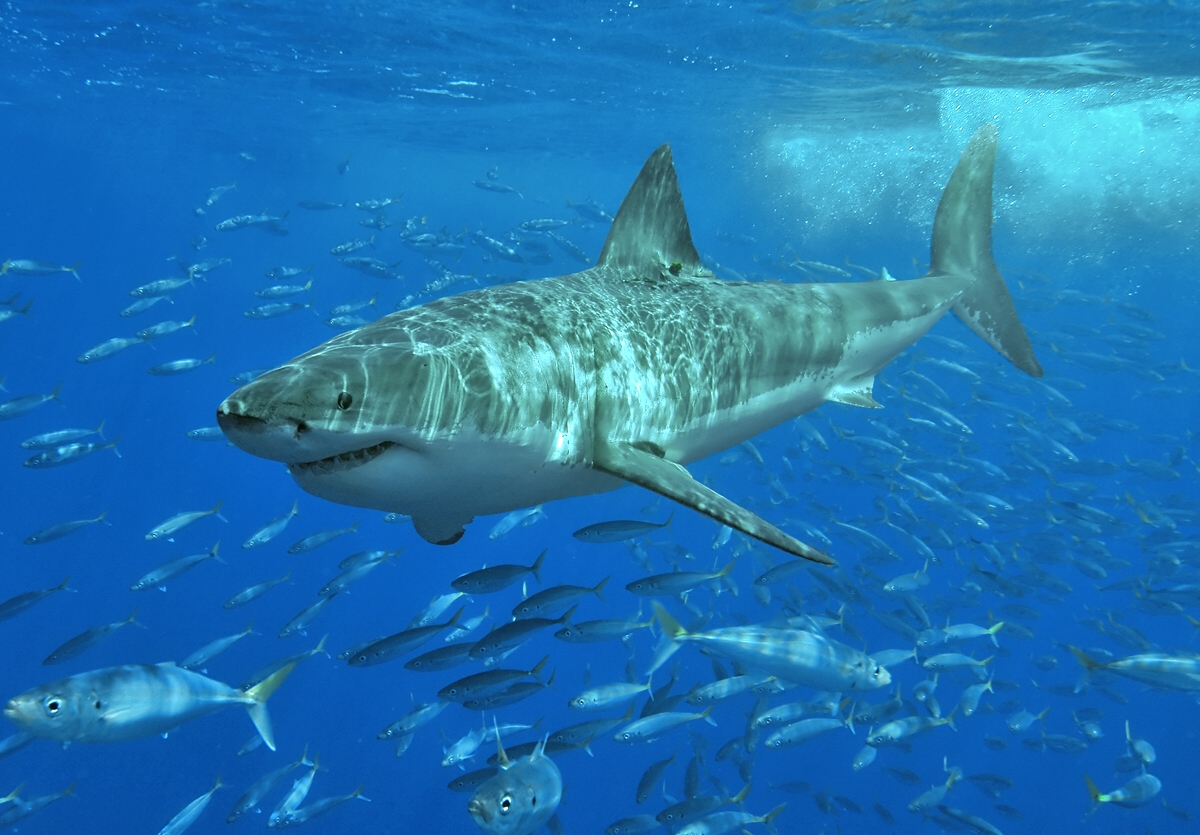
Sharks have roamed the oceans for over 400 million years, making them older than dinosaurs. Their evolutionary success is a testament to their adaptability and resilience. Unlike the static portrayals in films, sharks have undergone significant evolutionary changes to survive the shifting oceans and climates. Their cartilaginous skeletons, unlike the bony structures of most fish, provide a lightweight and flexible framework, aiding in swift movement and effective hunting. This evolutionary edge has allowed them to thrive in diverse marine environments, from the icy waters of the Arctic to the warm tropical seas. Despite their ancient lineage, sharks continue to evolve, adapting to changes in prey availability and ocean conditions, showcasing a dynamic narrative that cinema often overlooks.
2. The True Nature of Shark Attacks
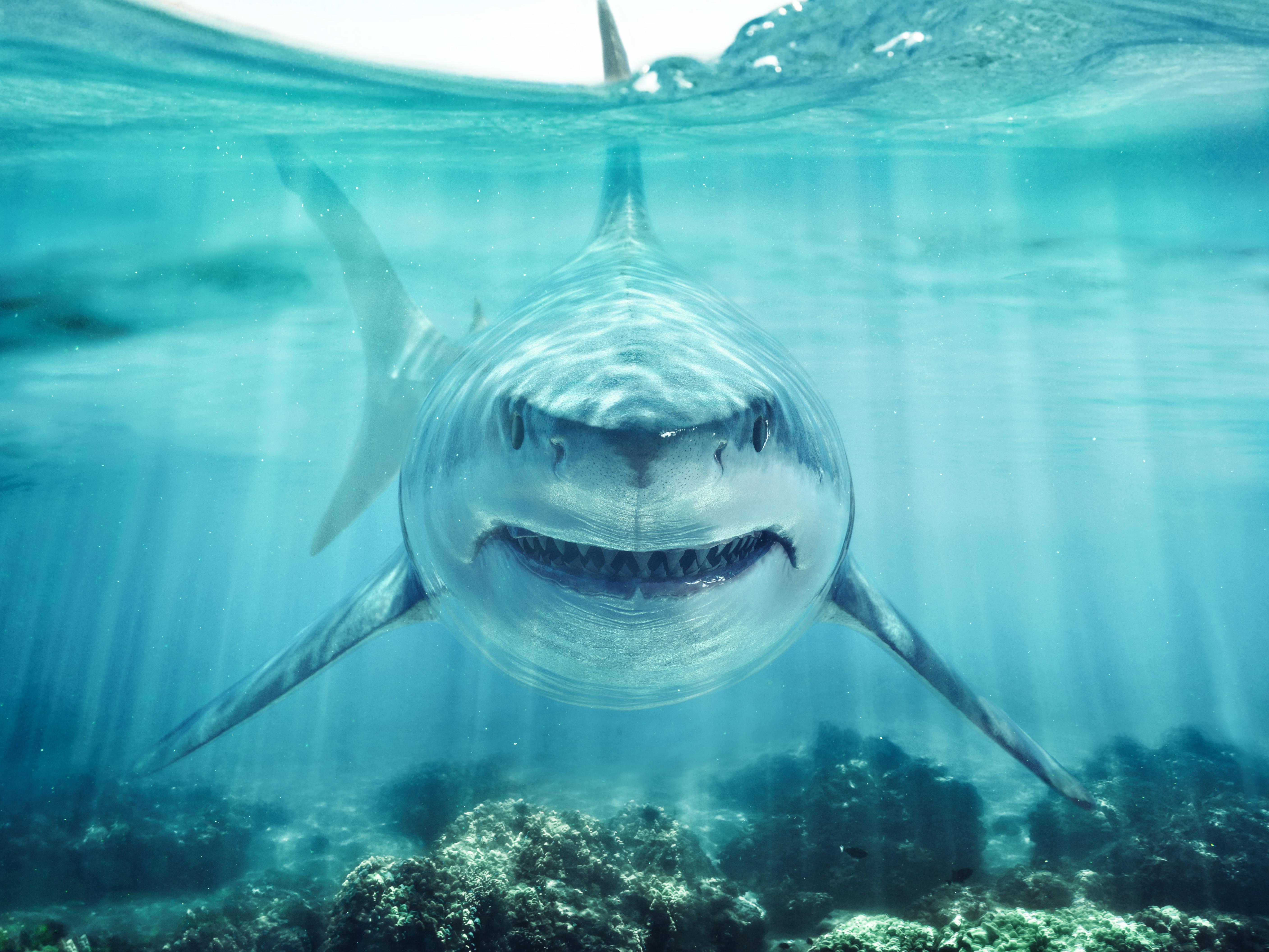
In movies, shark attacks are depicted as relentless and indiscriminate, creating a pervasive fear of these creatures. However, the reality is far less dramatic. Sharks are not mindless killers; they are curious and often cautious when encountering humans. Most shark attacks are cases of mistaken identity, where sharks confuse humans with their natural prey, such as seals. Furthermore, the majority of shark encounters result in minor injuries or no harm at all. Statistics reveal that the likelihood of a shark attack is incredibly low compared to other risks, such as car accidents. Understanding the true nature of these interactions helps demystify sharks and reduces unnecessary fear, emphasizing the need for coexistence rather than conflict.
3. Sharks and Their Role in the Ecosystem
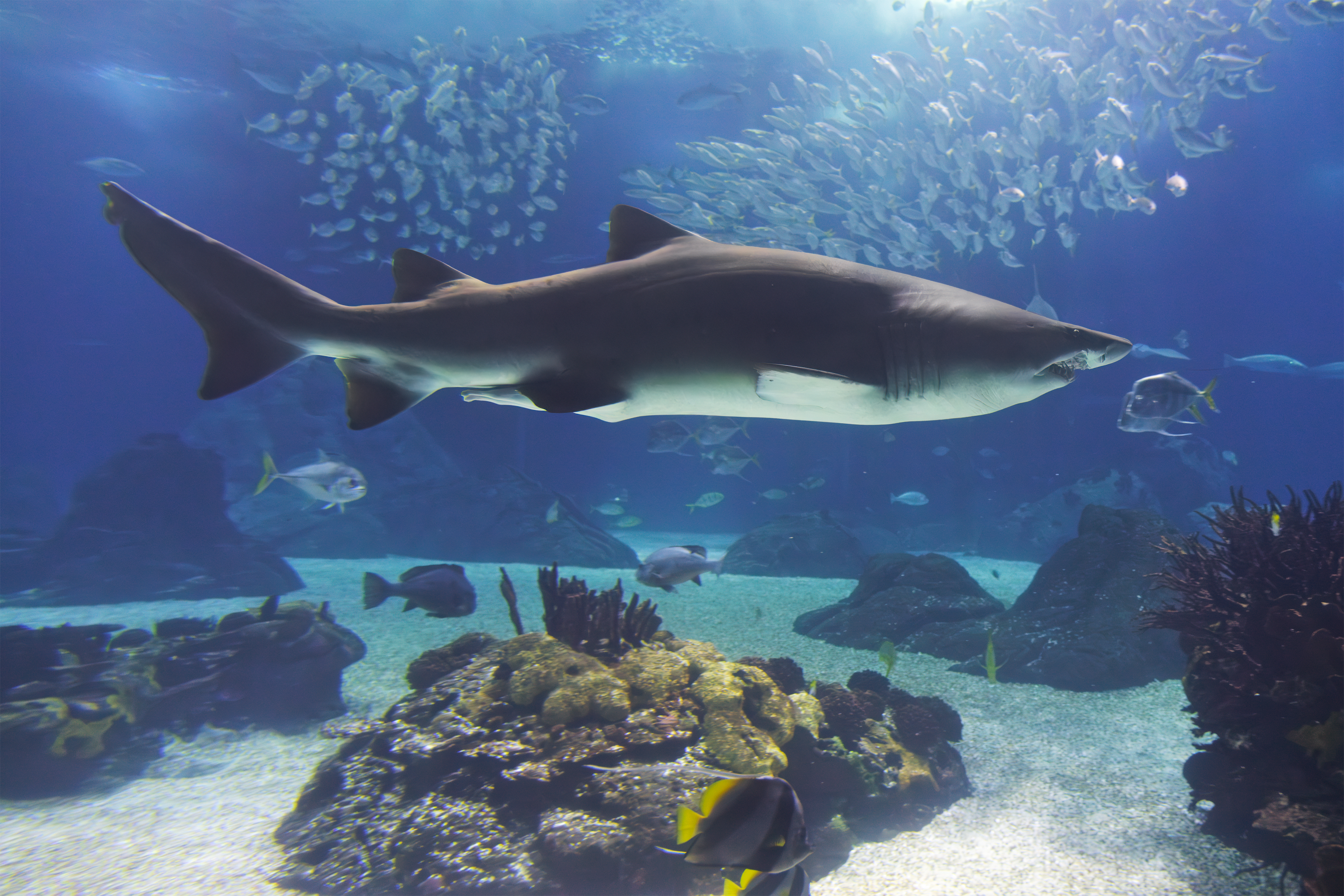
Sharks play a critical role in maintaining the balance of marine ecosystems. As apex predators, they regulate the populations of species below them in the food chain, ensuring healthy and diverse ocean environments. By preying on the sick and weak, sharks prevent the spread of disease and promote the genetic health of their prey species. This top-down regulation is vital for the stability of marine ecosystems, influencing everything from coral reef health to the abundance of fish populations. The absence of sharks can lead to trophic cascades, where the removal of a top predator causes significant disruptions throughout the ecosystem. This ecological importance is often overshadowed by their portrayal as solitary hunters, highlighting the need for greater awareness and conservation efforts.
4. Sharks' Sensory Superpowers
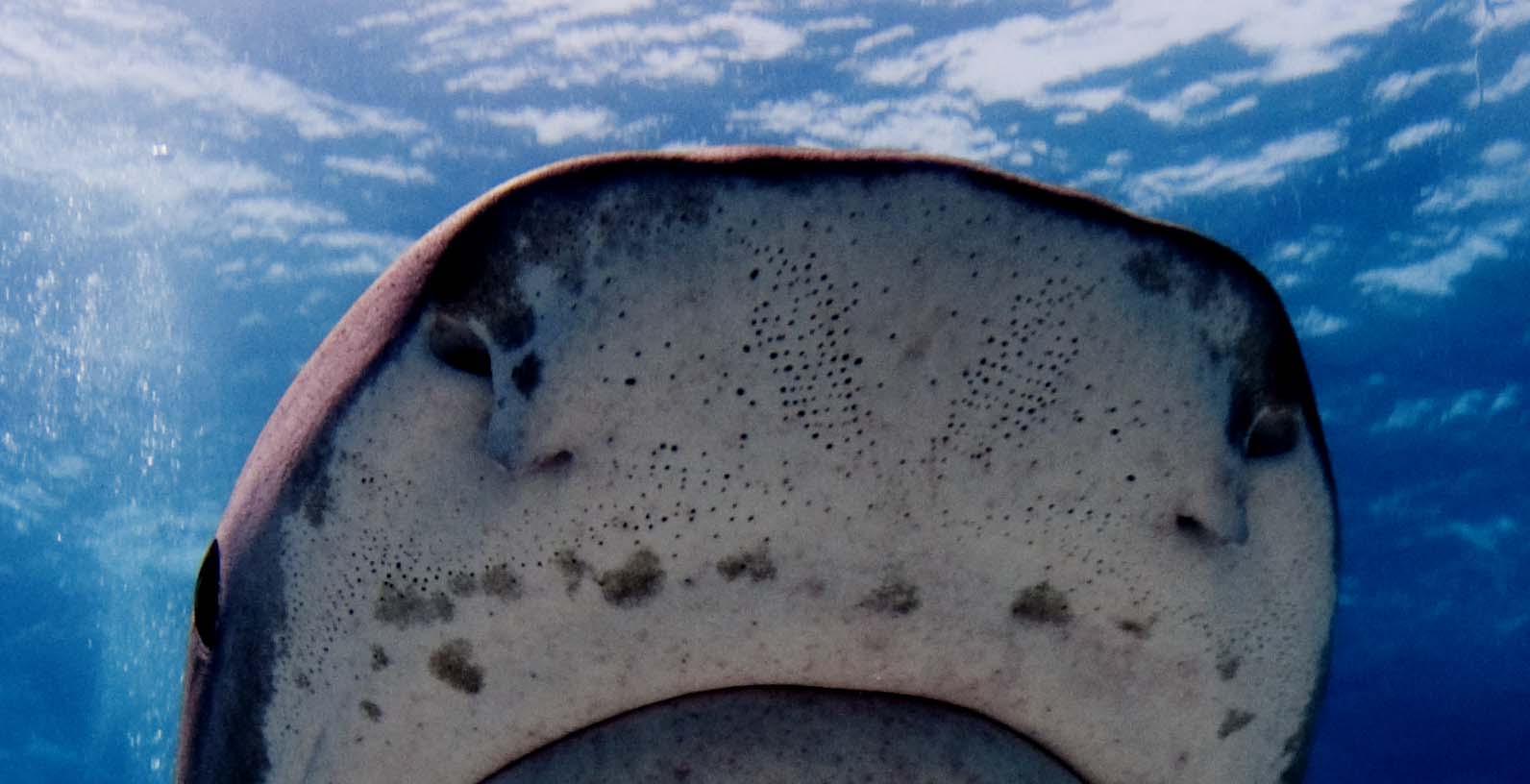
Sharks possess an array of extraordinary sensory abilities that make them formidable hunters. One of their most remarkable features is the ampullae of Lorenzini, specialized electroreceptors that allow sharks to detect the faintest electrical fields produced by the muscle contractions of prey. This ability enables them to hunt effectively even in murky waters or complete darkness. Additionally, sharks have an acute sense of smell, capable of detecting a single drop of blood in an Olympic-sized swimming pool. Their lateral line system, a series of fluid-filled canals along their bodies, detects vibrations and movements in the water, further enhancing their hunting prowess. These sensory superpowers are often underrepresented in films, which focus more on their physical attributes rather than their sophisticated biology.
5. Diversity Among Shark Species
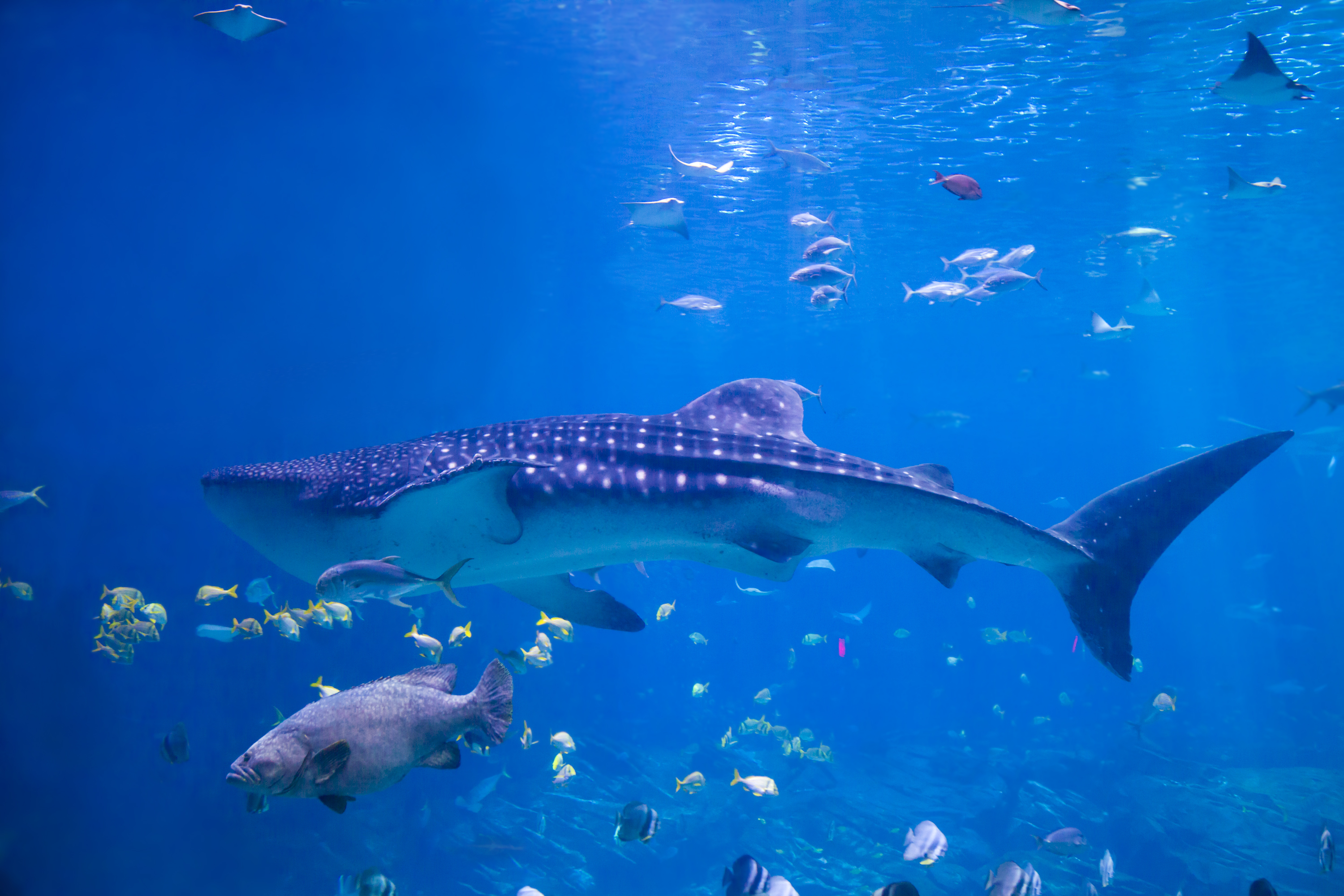
While movies often depict sharks as a monolithic group of great whites, the reality is that there are over 500 species of sharks, each with unique characteristics and behaviors. From the gentle, plankton-feeding whale shark to the elusive and bioluminescent lantern shark, the diversity among shark species is astounding. Each species has adapted to its specific ecological niche, showcasing a wide range of sizes, shapes, and survival strategies. For instance, the hammerhead shark's distinctive head shape provides enhanced vision and improved maneuverability, while the saw-like snout of the sawshark is used to slash through schools of fish. This diversity highlights the complexity of shark life, offering a more nuanced understanding than the generic portrayals often seen in films.
6. Reproductive Wonders of Sharks
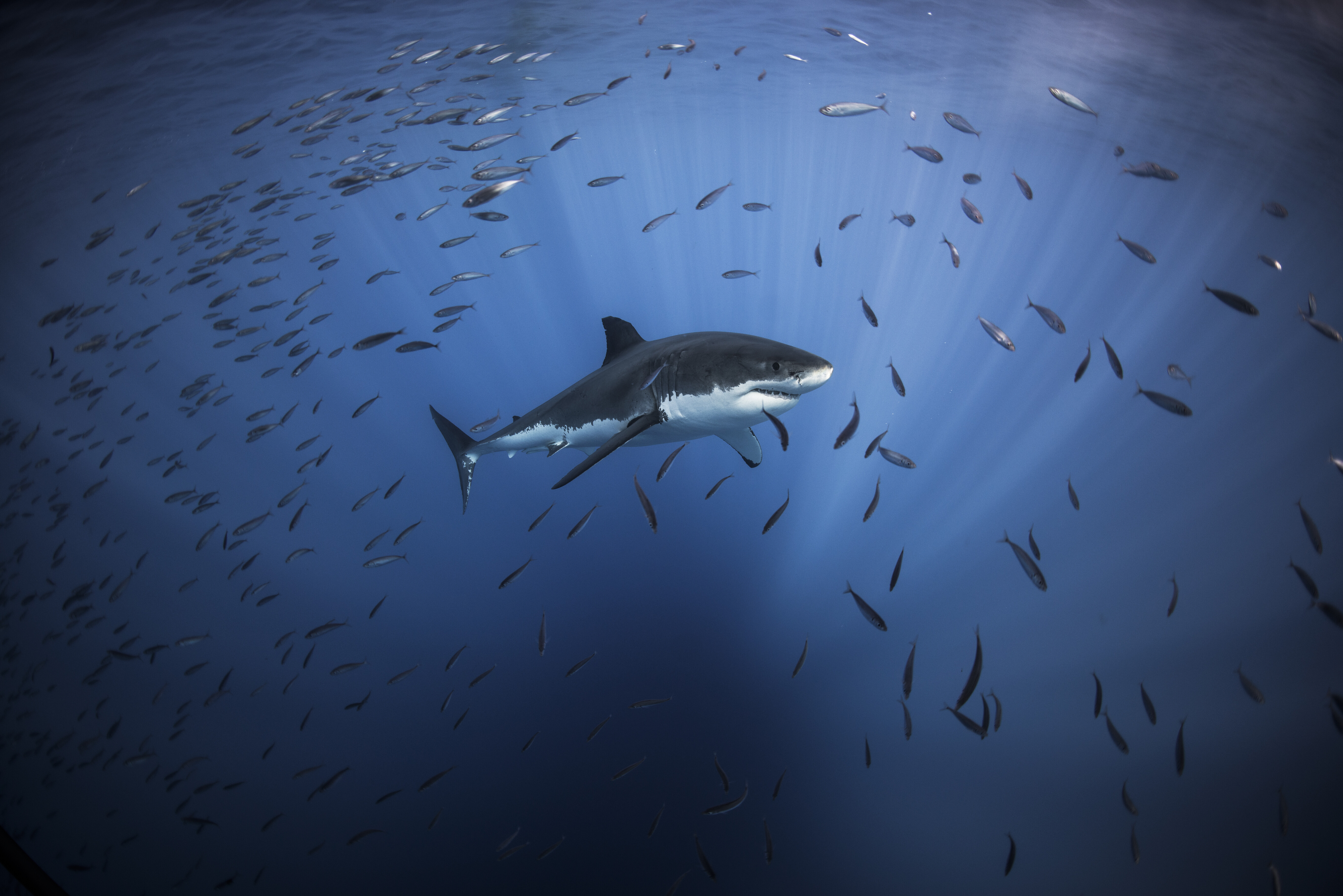
Shark reproduction is as varied and fascinating as their species diversity. Unlike the rapid breeding cycles of many fish, sharks have slow reproductive rates, with some species taking years to reach sexual maturity. They employ a range of reproductive strategies, from laying eggs (oviparity) to giving birth to live young (viviparity). Some sharks exhibit ovoviviparity, where eggs hatch inside the female's body, and the young are born fully developed. This slow reproductive cycle makes sharks particularly vulnerable to overfishing and habitat destruction, as their populations take longer to recover. Understanding these reproductive strategies is crucial for conservation efforts, highlighting the need to protect these magnificent creatures from human-induced threats.
7. The Misunderstood Megalodon

The megalodon, an extinct species of shark, has captured public imagination as a monstrous predator of the ancient seas. While films often portray it as a colossal, unstoppable force, the reality is more nuanced. Megalodon was indeed one of the largest predators to have ever existed, but its extinction was likely due to a combination of climate change, competition with other predators, and shifts in prey availability. The fascination with megalodon reflects our broader interest in the mysteries of the deep sea and the ancient past. While the megalodon no longer roams the oceans, its legacy lives on in the form of fossilized teeth and the ongoing study of its biology and ecology, offering insights into the evolution of modern sharks.
8. Sharks and Climate Change
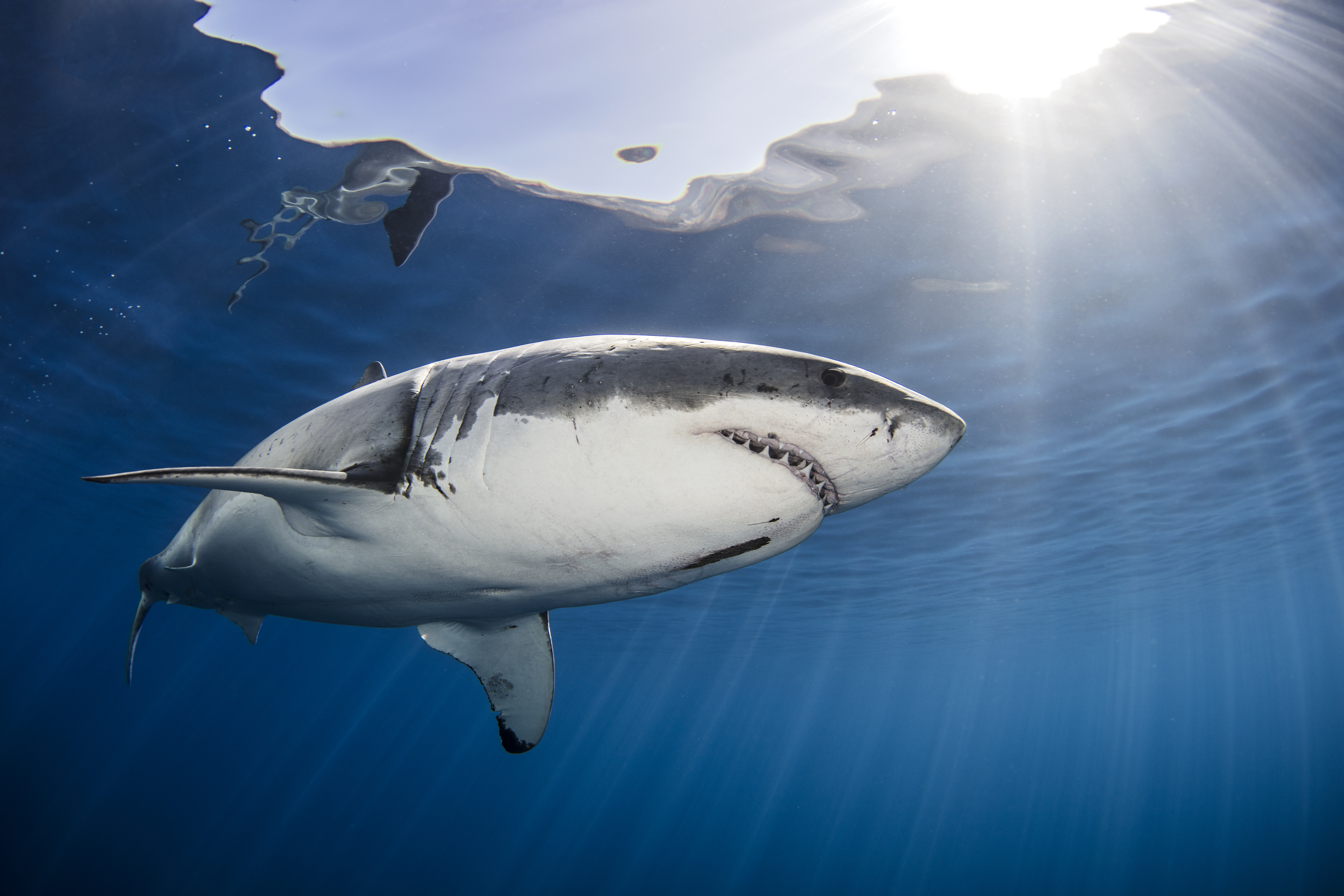
Sharks, like many marine species, are affected by the impacts of climate change. Rising ocean temperatures, acidification, and habitat loss pose significant threats to shark populations worldwide. These changes can alter the distribution of prey species, disrupt migratory patterns, and affect reproductive success. Some sharks are more resilient to these changes, while others are at greater risk. Understanding how climate change affects sharks is essential for developing effective conservation strategies. By studying their responses to environmental changes, scientists can gain insights into the broader impacts of climate change on marine ecosystems, emphasizing the need for global action to protect our oceans and their inhabitants.
9. The Importance of Shark Conservation
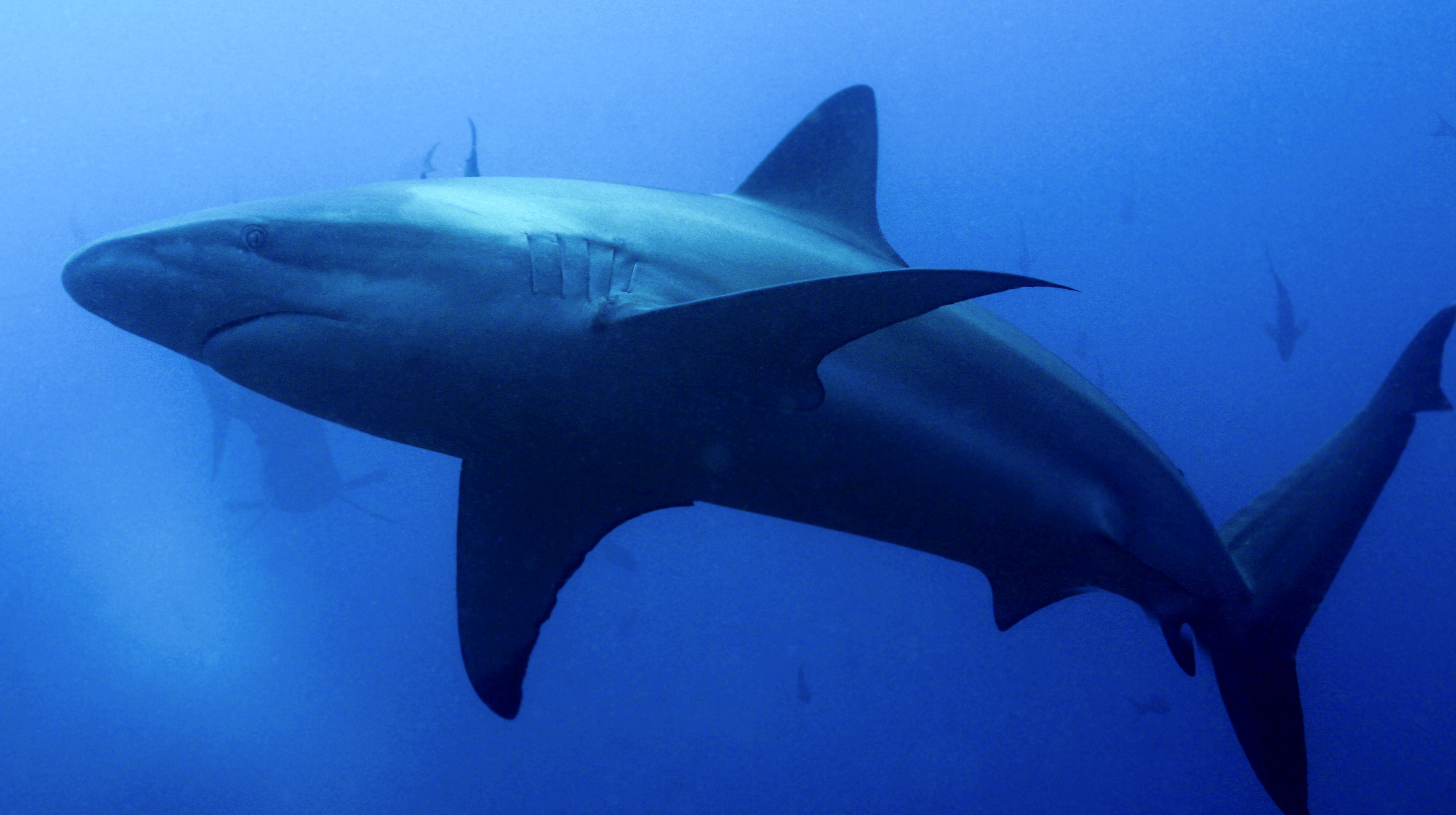
Despite their ecological importance, many shark species are threatened by human activities, including overfishing, bycatch, and habitat destruction. Sharks are often targeted for their fins, meat, and cartilage, leading to significant population declines. Conservation efforts are crucial to ensure the survival of these ancient predators and the health of marine ecosystems. Initiatives such as marine protected areas, sustainable fishing practices, and public education campaigns aim to reduce human impacts on shark populations. By promoting coexistence and understanding, we can protect these vital creatures and preserve the delicate balance of our oceans for future generations.
10. Sharks in Culture and Mythology
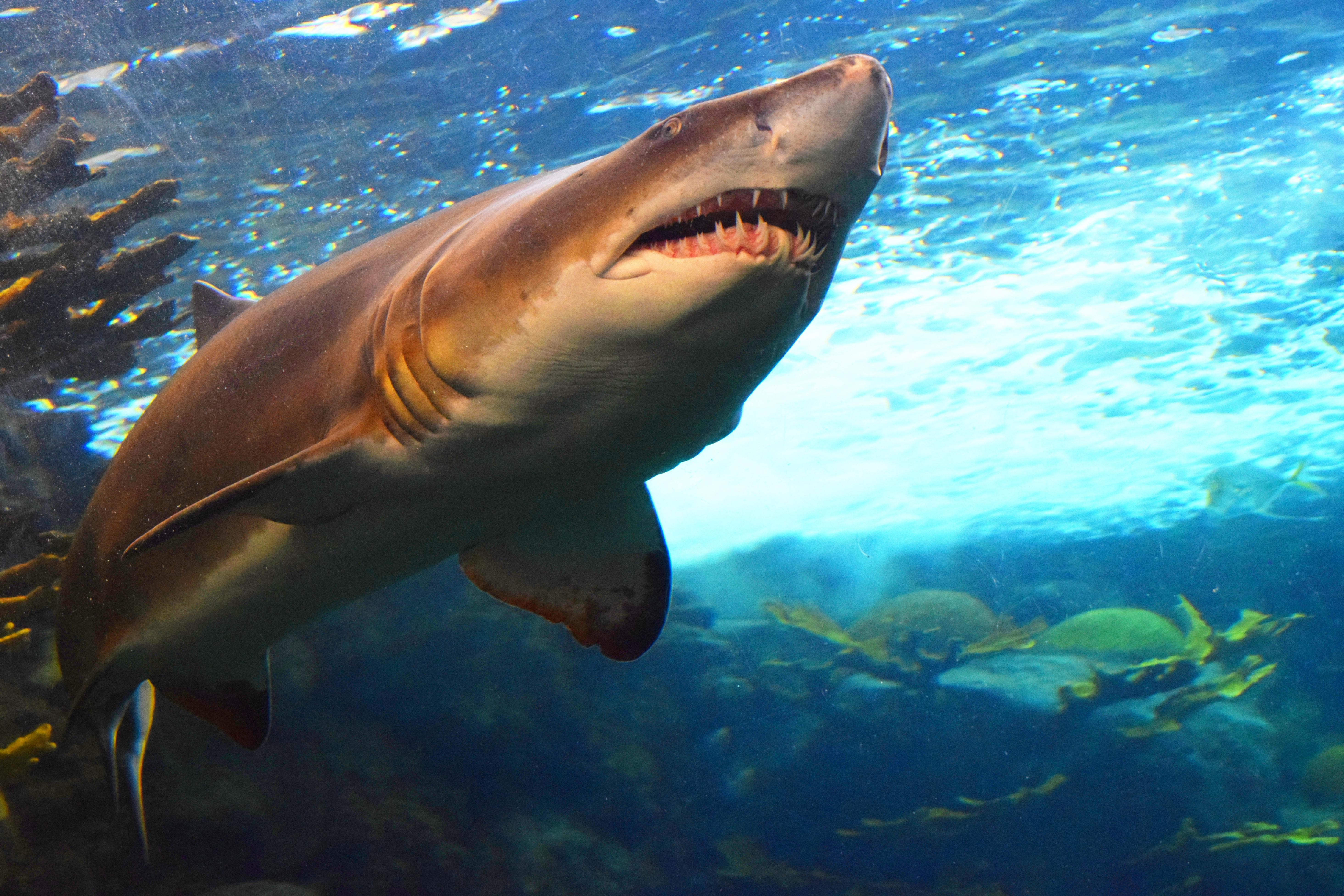
Sharks have been a part of human culture and mythology for centuries, symbolizing everything from power and strength to fear and danger. In some cultures, sharks are revered as sacred animals, embodying the spirit of the ocean. In others, they are feared and misunderstood, often associated with death and destruction. These cultural narratives shape our perceptions of sharks, influencing how they are depicted in media and understood in society. By exploring the cultural significance of sharks, we can gain a deeper appreciation for their role in human history and challenge the stereotypes perpetuated by films and popular culture.
As we conclude our exploration of the shocking truths about sharks, it becomes clear that these creatures are far more than the menacing figures portrayed in movies. They are ancient survivors, ecological guardians, and fascinating beings with complex behaviors and adaptations. By understanding the realities of shark life, we can move beyond fear and embrace a more informed and respectful relationship with these remarkable animals. As stewards of the ocean, it is our responsibility to protect and preserve the rich biodiversity that sharks represent. Let us celebrate their presence in our world and work towards a future where humans and sharks coexist in harmony, ensuring the health and vitality of our oceans for generations to come.







